The Best Exercise For a Dog is Using Its Nose
Maggie, Skip, Jim and I are just back from a lovely hour-long walk this morning. All four of us were serenaded by the songs of a newly-arrived migrating birds, including Yellow and Palm Warblers.
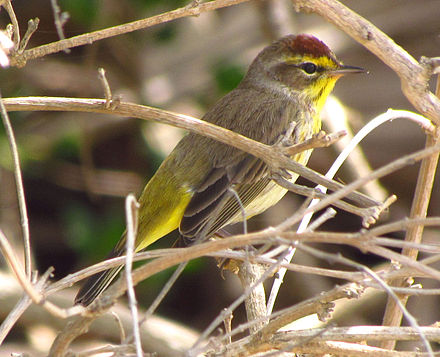 Bird photos from Wikipedia, such a great resource.
Bird photos from Wikipedia, such a great resource.
Jim and I gloried in the sights of these gorgeous birds, the French-blue sky after a day of rain, and baby leaf buds springing forth, full of life and promise and hope.
While we walked and looked, the dogs walked and sniffed. And sniffed and sniffed and sniffed and sniffed. Yes, they got some physical exercise–especially good for Skip now that he can take longer walks along with his physical therapy exercises. But mostly what they got was brain food, and I can’t think of anything more important for a domestic dog than that. There’s a lot going on between those adorable ears, and we neglect it at our peril. Using their noses engages a dog’s brain in vital ways, and can prevent a raft of behavioral problems. Lots of interesting sniffing has been critical to keeping a just-turned, three-year old freight train of a Border Collie sane during his extreme physical restrictions. (Not to mention my sanity. Just saying.)
I was reminded of a post I wrote in 2016 titled Take Your Dog on a Sniff, and I thought today would be a good day to repeat it. There are so many people with new dogs out there, along with so many people with dogs/kids/jobs/life/pandemics taking up massive amounts of our time and energy. The best way I know to tire out a dog out in a healthy way is not to get it physical exercise, but to give it mental exercise. Tricks are one way to do that, but letting a dog use its nose-brain connection is another. You can do that by playing scent games, or going on walks (especially in new places), and the pay off is huge. Skip and Maggie came back to chew on stuffed Kongs, and are now sleeping at my feet while I write.
Here’s the post from 2016, Take Your Dog on a Sniff:
Recently I watched someone walking his dog close to my office in Black Earth. Every ten feet or so the dog tried to stop to sniff the ground, and every time she did, the man at the other end of the leash pulled her forward so that he could continue walking. Ah, the canine-primate disconnect, which never fails to appear if we just pay attention. I wrote an entire book about this, The Other End of the Leash, and yet I’m still discovering ways in which we struggle to merge our ethological needs.
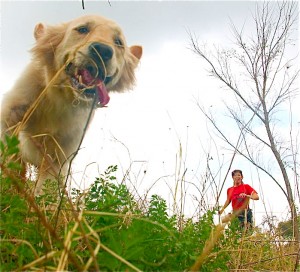 Primates love to walk, at least, terrestrial ones like humans do. Not only that, but we like to walk side-by-side with our friends, to face the world together and exchange the news of the day. While we’re walking we spend a lot of energy looking around—enjoying the view and noting what has changed in the neighborhood. Dogs, on the other hand, primarily want to learn about the environment through olfaction, a sense that we humans are better at than we think, but often pay little attention to. But how many of us insist that our dogs don’t stop to smell the roses, but walk or trot happily by our side? It is why, in Family Friendly Dog Training, I suggest that dogs define heeling as “walk slowly and ignore all interesting things”. This photo, by the way, is Susannah Charleson’s Search and Rescue dog Puzzle, with Susannah in the background. (If you haven’t read her books yet, you’re lucky–because now you get to. Don’t miss them, they’re great.)
Primates love to walk, at least, terrestrial ones like humans do. Not only that, but we like to walk side-by-side with our friends, to face the world together and exchange the news of the day. While we’re walking we spend a lot of energy looking around—enjoying the view and noting what has changed in the neighborhood. Dogs, on the other hand, primarily want to learn about the environment through olfaction, a sense that we humans are better at than we think, but often pay little attention to. But how many of us insist that our dogs don’t stop to smell the roses, but walk or trot happily by our side? It is why, in Family Friendly Dog Training, I suggest that dogs define heeling as “walk slowly and ignore all interesting things”. This photo, by the way, is Susannah Charleson’s Search and Rescue dog Puzzle, with Susannah in the background. (If you haven’t read her books yet, you’re lucky–because now you get to. Don’t miss them, they’re great.)
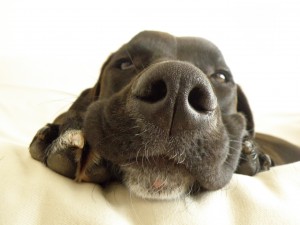 Dog owners aren’t alone in ignoring the olfactory needs of animals. Birte Nielsen and colleagues published an important paper in December of 2015 titled “Olfaction: An Overlooked Sensory Modality in Applied Ethology and Animal Welfare.” They argue, compelling, that we do animals a disservice by not acknowledging the impact of odor on their behavior and wellbeing. These odors can both cause suffering or improve lives. Jenna Bueley, DVM, found that air captured from a busy, stress-filled urban veterinary clinic increased stress-related behavior in dogs, reported at the 2012 IFAAB conference. Clark and King, noted in Nielsen’s article, found that olfactory stimulation increased behavioral diversity and activity levels in captive black-footed cats. But note… the same study found that odors had little effect on the behavior of captive gorillas. Ah, that primate thing again.
Dog owners aren’t alone in ignoring the olfactory needs of animals. Birte Nielsen and colleagues published an important paper in December of 2015 titled “Olfaction: An Overlooked Sensory Modality in Applied Ethology and Animal Welfare.” They argue, compelling, that we do animals a disservice by not acknowledging the impact of odor on their behavior and wellbeing. These odors can both cause suffering or improve lives. Jenna Bueley, DVM, found that air captured from a busy, stress-filled urban veterinary clinic increased stress-related behavior in dogs, reported at the 2012 IFAAB conference. Clark and King, noted in Nielsen’s article, found that olfactory stimulation increased behavioral diversity and activity levels in captive black-footed cats. But note… the same study found that odors had little effect on the behavior of captive gorillas. Ah, that primate thing again.
You don’t need me to tell you how important smell is to a dog. None of us are surprised that years ago, Bradshaw and Lea found that the vast majority of a dog’s interaction with a new dog related to olfaction (1992). But I think we all, me included, need to be reminded of how much “going on a walk” can be defined by us as “walking while looking and perhaps talking,” while to a dog, “going on a walk” means moving from one interesting smell to another.
It is important, but not natural, for us to acknowledge the essential nature of the sense of smell. Examples of its importance abound: Wells and Hepper (2006) found that day-old pups preferred the scent of aniseed if their mother’s food had contained it while they were pregnant. Think about that—it means that dogs can learn to associate emotions, and thus behavior, with a particular smell even before they are born. (Breeders take note.) It also appears that the perception of scent is lateralized in the brain in dogs. Sinischalchi and colleagues (“Sniffing with the right nostril” 2011) found that dogs preferred to use the right nostril when sniffing new scents, and switched to the left when the scent became routine, or non-threatening. Dogs who smelled arousing stimuli (adrenalin, sweat) never switched to the left nostril. Since the right nostril is linked to the right hemisphere of the brain (it’s an exception to the usual switch, left eye to right brain for example—if that stopped you for a moment, it did me too…), this suggests that olfaction in a dog’s brain is lateralized, and that the sympathetic HPA axis (hypothalamic-pituitary-adrenal, or “on alert!” axis) is primarily mediated by the right hemisphere in dogs.
[Addendum added in 2020: And now we now that a dog’s nose can sense heat. Who knows what else they can do with their noses!]
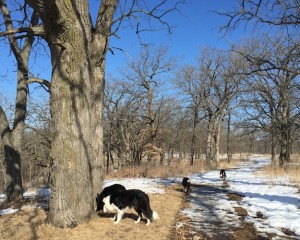 This all circles around to the title of the blog: Take your dog on a sniff. I’ve written before that dogs need autonomy to be truly happy. I’m arguing here that what they most need is the freedom to use their noses. That is easy for us who can walk our dogs off leash. But leashed dogs need owners willing to compromise—an invigorating primate walk with our dogs trotting alongside part of the time, and the rest includes the dog getting, finally, the freedom to go from scent to scent and all the stimulation and information that entails.
This all circles around to the title of the blog: Take your dog on a sniff. I’ve written before that dogs need autonomy to be truly happy. I’m arguing here that what they most need is the freedom to use their noses. That is easy for us who can walk our dogs off leash. But leashed dogs need owners willing to compromise—an invigorating primate walk with our dogs trotting alongside part of the time, and the rest includes the dog getting, finally, the freedom to go from scent to scent and all the stimulation and information that entails.
Full disclosure: I’ve been good for years about letting my dogs stop to sniff when we are walking on leash, but lest I sound smug, guess how many photos I have of my dogs sniffing something? Three. Only three. That’s compared to literally hundreds of photos of my dogs playing together or with toys. Ah, that primate thing again. (Happy to say I updated that this morning, in May 2020, when I took a lot of sniffing photos.)
MEANWHILE, back on the farm: Skip is progressing by leaps and bounds, and we got a green light from UW physical therapist Courtney Arnoldy to give him a bit more freedom. Here she is working on weight loading Skip’s back right leg through a series of exercises that we replicate in the garage. (I watch on FaceTime, can’t go into the building. The photo was taken by assistant Haley, who was invaluable in keeping Skip focused while Courtney set up some of the exercises.)
Half of our walk this morning was with Skip on a long line rather than a short leash, so he got lots of time to trot rather than just walk fast. I’ve tried letting him off leash for a brief period of time and it’s pretty much what I thought it’d be: Two seconds of Skip standing still, and then exploding as if out of a rocket for twenty strides–the time it takes me to say Stand! and call him back to me. It’s just impossible to ease a young dog into getting a graduated amount of exercise, but I’m doing the best I can. Our next PT appt is next Monday, and I have hopes that his leg will be sound enough that I really can let him run for a few minutes without causing a set back.
Here are the dogs wearing out their brains while we listen to the birds.
If you follow the blog you know I love to cook, and I’ve done even more of it since Jim and I are staying Safe at Home as much as we can. Saturday I made the dough for these cinammon date rolls, and Sunday morning I got up early to make up the rolls and let them rise a second time before baking. (Or, “proof” if you’re British, says the woman binge watching The Great British Baking Show over and over and over again) . They look pretty good in the photo for sure, but I have to say, they taste even better. Healthy? Uh, nope. I’m making amends by making a lovely chicken/asparagus dish tonight, but I just picked fresh rhubarb and I have this recipe for rhubarb cake that is out of this world . . .
Friend and kick ass photographer Stephn Dahlgren came out to the farm last week to take some more photos. We haven’t seen most of them yet, but here’s one of Nellie, who, of course, managed to photo bomb what had been a great opportunity for a Trisha/Skip photo in lovely light. Nellie is highly displeased that twice a day I have to keep her out of the garage to do Skip’s physical therapy. She is making it clear by ripping the hell out of the wooded frame to the garage door, the message being clear: This is MY GARAGE. CAN YOU NOT READ THE SCENT MARKS AND VISUAL SIGNALS?
I hope you are hanging in there during this challenging time. As a dear niece said to me recently, “We’re all in the same storm but in different boats.” I hope your boat is keeping you afloat safely and without too much suffering.




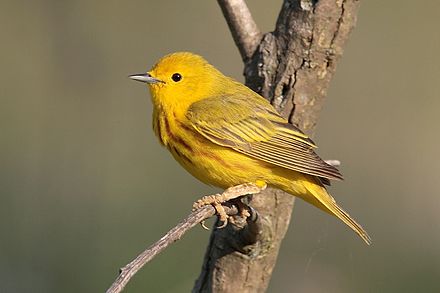
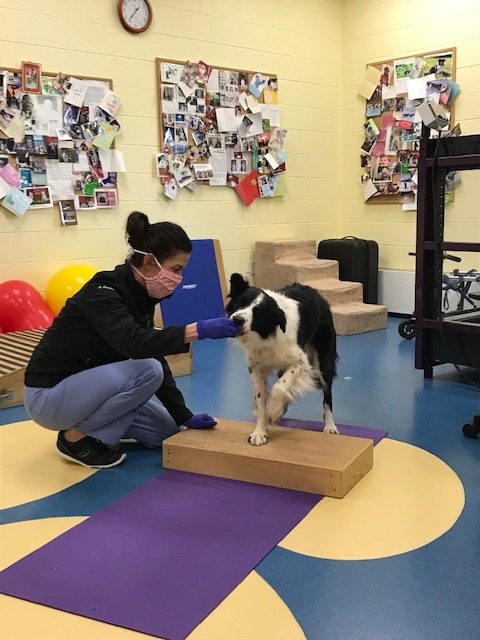
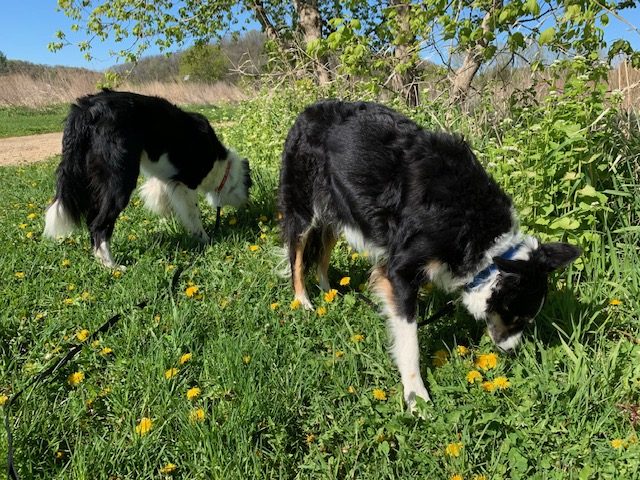

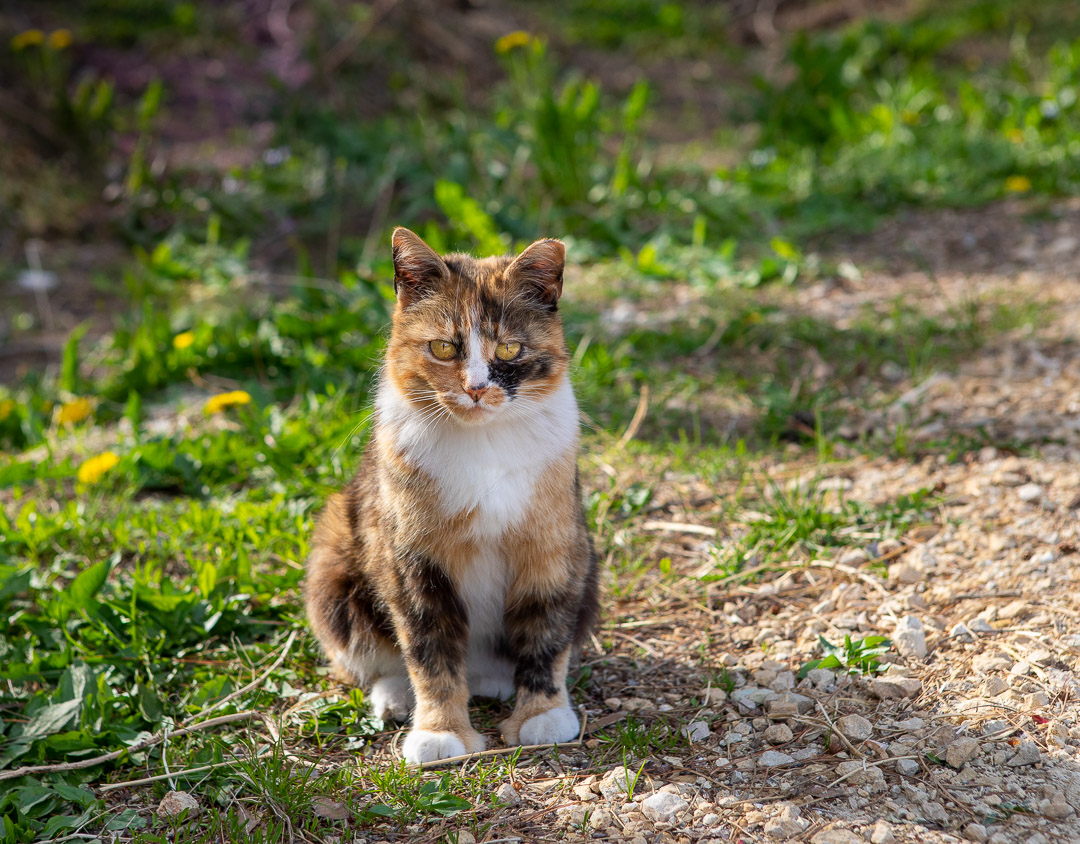
Post a Comment